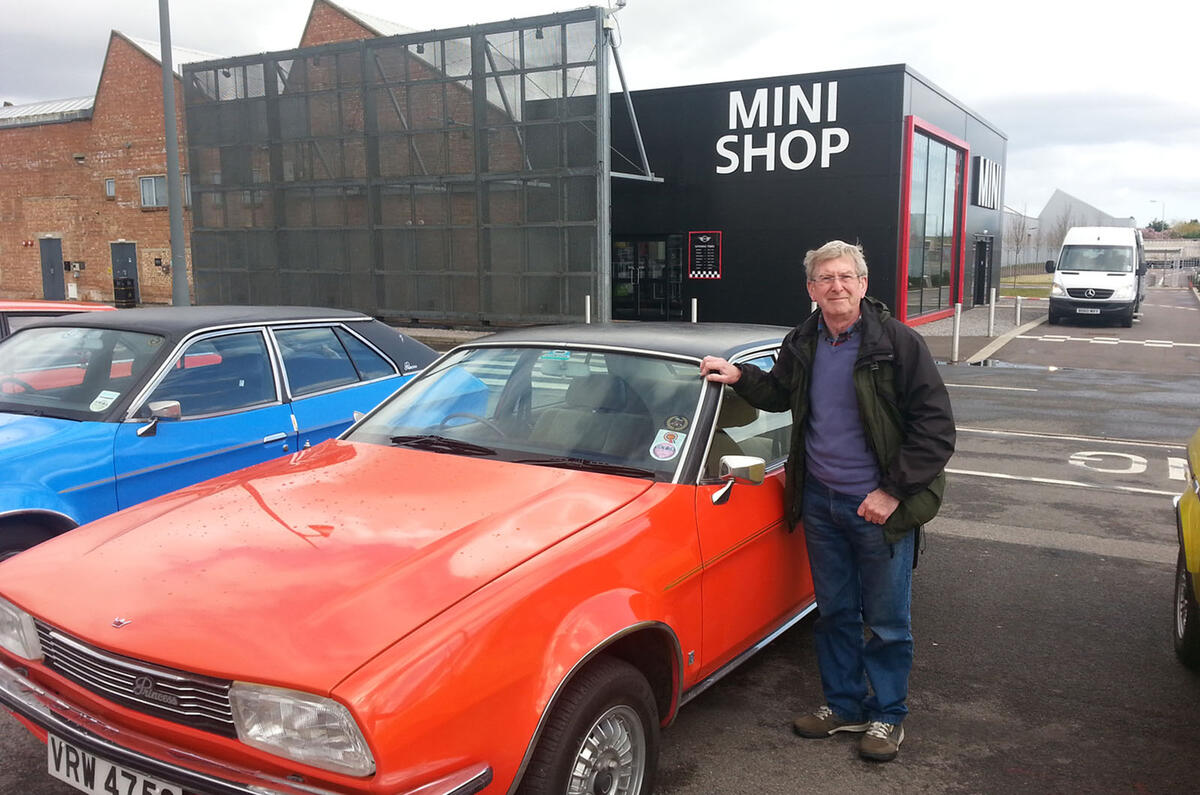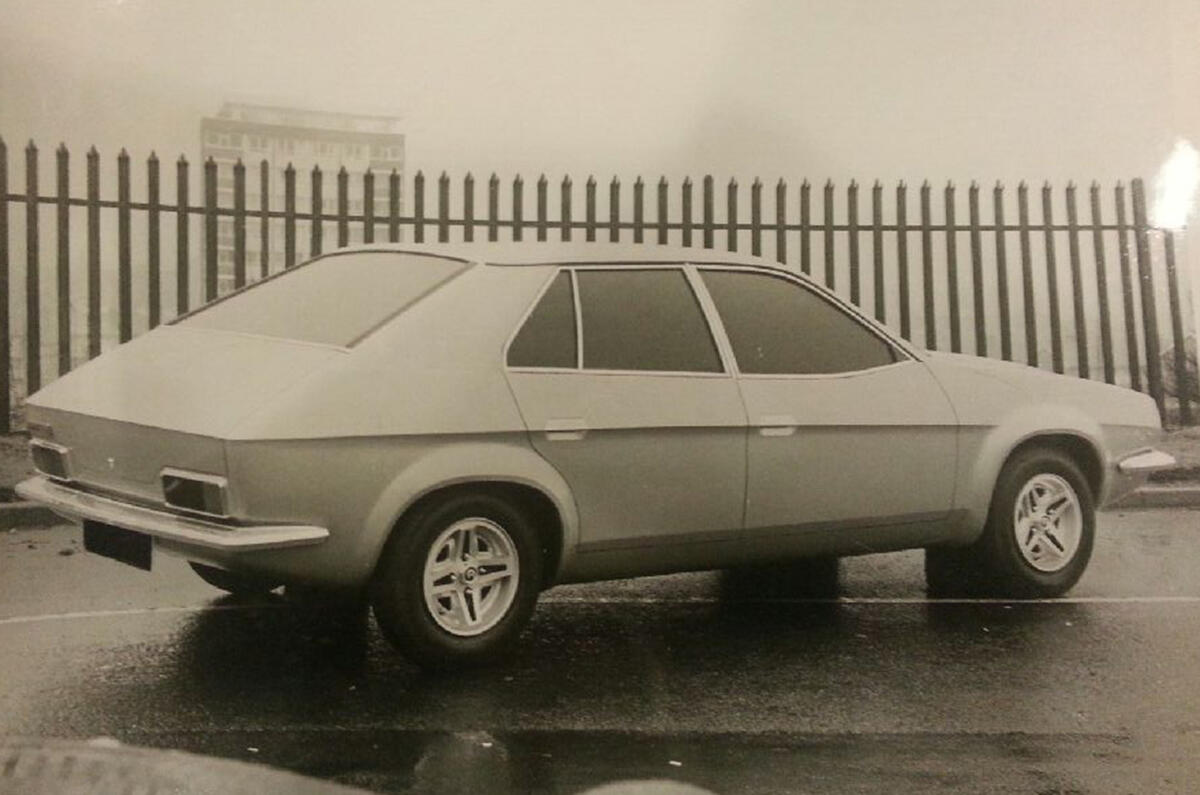Four decades ago today, the nation was slightly startled by the arrival of a dramatic-looking new slice of family car. A wedge-shaped slice, which had come from the by now rather pedestrian Austin-Morris division of British Leyland.
The new 18-22 Series was launched on March 26, 1975, and earlier I attended a modest ceremony to mark the fact at the place of its birth, at what is now BMW’s Mini factory on the edge of Oxford.
Strictly speaking, we were told - by a Mini factory guide who worked there at the time - that the 18-22 was manufactured on the other side of a bypass on land now occupied by a gym, an Audi dealer and a science park, but the 18-22’s body was made on the part of the site from where Minis emerge today.
In case the 18-22 Series doesn’t sound familiar to you, you may remember this car as the Princess, or following a demotion and a sex-change, the Ambassador. The Princess is what it became after nine months, when BL decided to rationalise the original Austin, Morris and Wolseley versions under this one nameplate.
The Princess tends to be lumped with the Morris Marina and Austin Allegro as an example of one of the worst cars produced by Britain’s troubled motor industry in the 1970s, but the 'wedge' differed from this infamous pair in that it was actually rather good.
During 1977, this very magazine rated the six-cylinder 2200 HLS as the best car it had tested that year, although this was partly the slightly embarrassing result of an admirably obtuse scoring system used by the mag at the time.
Nevertheless, the Princess was an entirely credible rival to the recently released Citroen CX and made Ford’s Granada look like a throwback. Its strengths were cabin space, ride comfort, interior fittings, road holding and refinement. Oh, and its Tomorrow’s World wedginess. But by the time it had mutated into a Princess, a number of weaknesses had emerged.
Austin Morris touted the 18-22 Series as ‘the car that’s got it all together’, an ad line that was just asking for trouble, which duly arrived in the slightly alarming form of failing rear suspension mountings and an appetite for driveshafts that would result in the six-cylinder engine undergoing a minor relocation within its engine bay. Hard to imagine a mod like that being pursued today.














Join the debate
Add your comment
remember a cream t plate and metallic grey princess 2 w plate
First one was very unreliable classic cream and brown velour. I can remeber the smell today, it was either 1700 or 1800. At company car change time my Dad not so much liked as saw the benefits that reulted in far better 2.0hl 2. Despite my lobbying for a 2.0gl cortina or capri that the company car manager had in stock. Rationale was those old fords had crude chassis that made people travel sick and were uncomfortable. I was a sucker though for ford marketing. Probably my son will look back on 2 Jaguar xfs with the same nostalgia.
Learned to drive in one
Nothing came apart, fortunately, and by 1978 I'd passed my test and dad allowed me to collect the Princess number 2, a harvest gold 1700HL. Lovely engine, grotty gearbox, fine family hack.
And, yes, the rear bolts broke...
princess